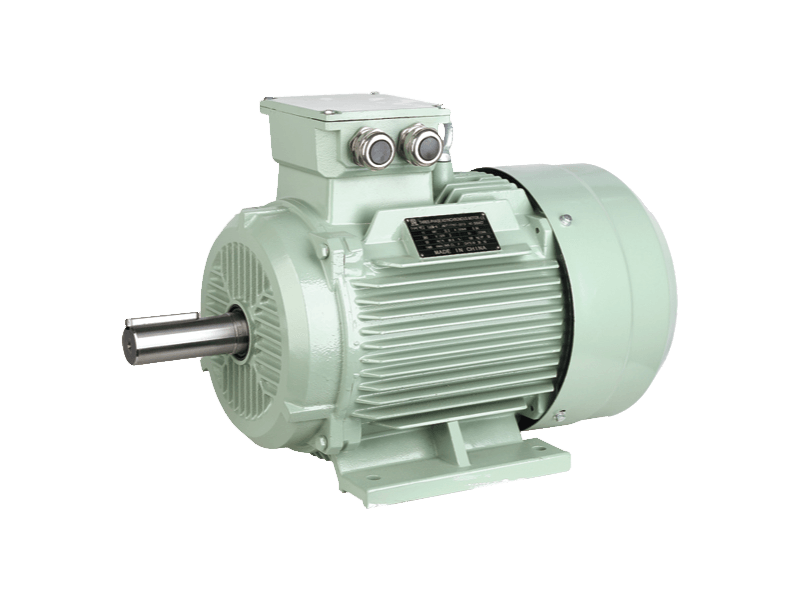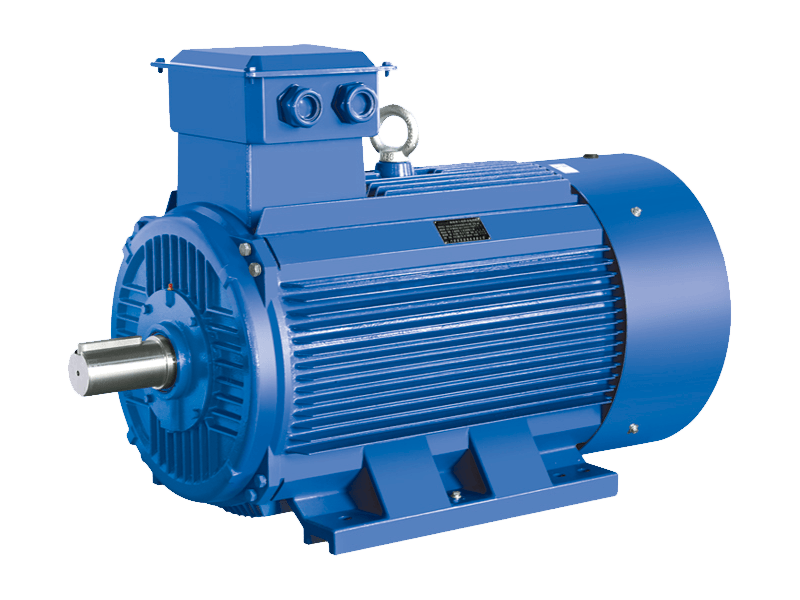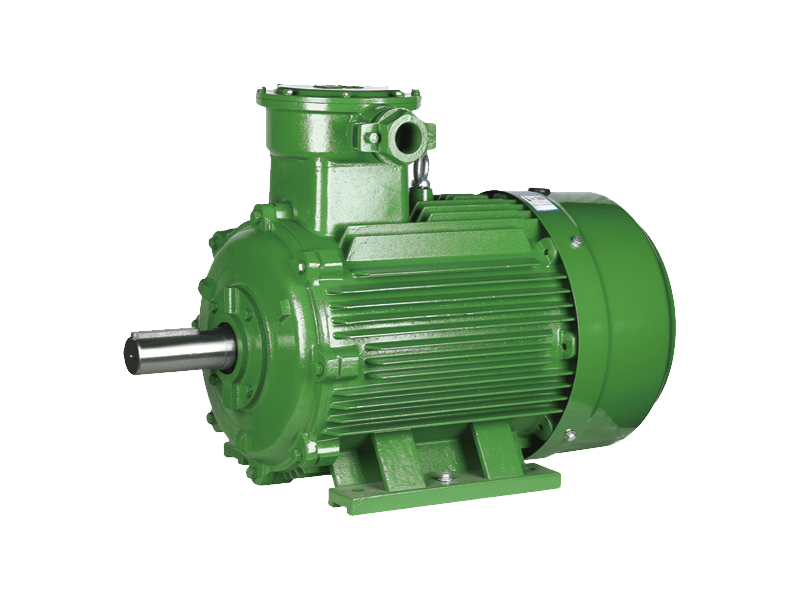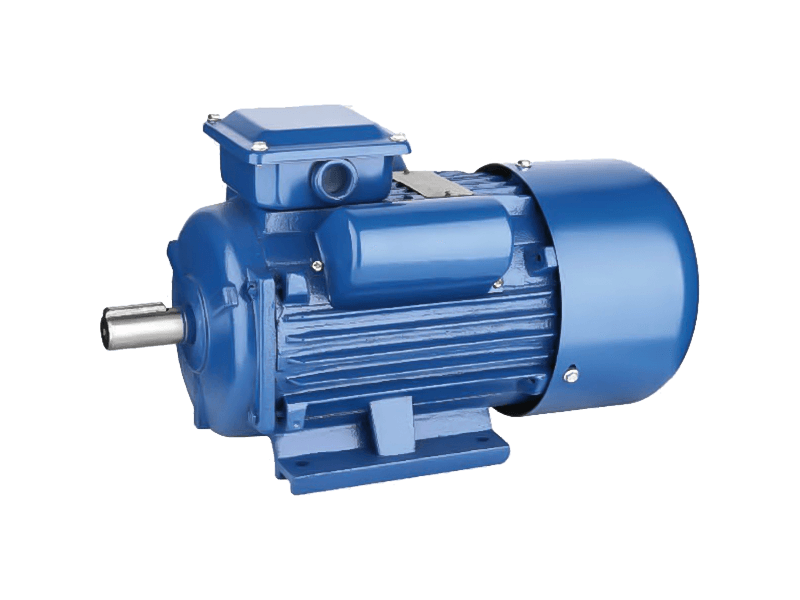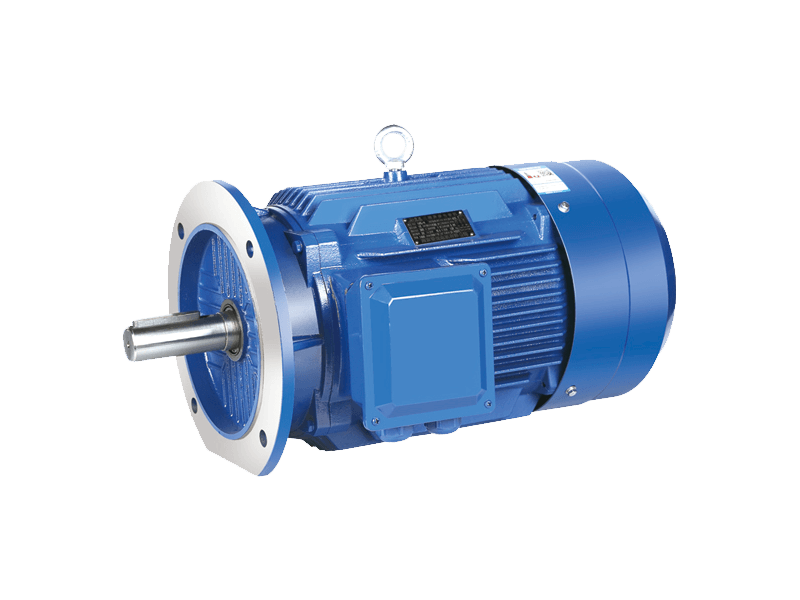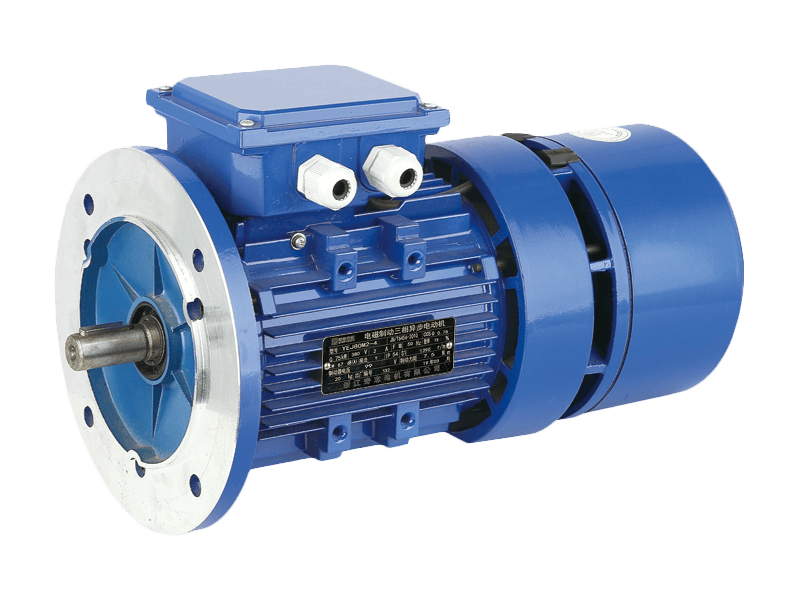4. Is the starting current dangerous? Why do some induction motors need starting equipment?
Answer: Generally speaking, since the starting process is not long, a large current flows in a short period of time, and the heat generation is not too severe, the motor can withstand it, but if the normal starting conditions are destroyed, for example, a
motor with a light load starting is required to start with a heavy load. If the speed cannot be raised normally, or when the voltage is low, the motor cannot reach the rated speed for a long time, and the motor is started several times in a row, the motor windings may be overheated and burned.
The large starting current of the motor has an impact on other electrical equipment on the same power bus. This is because a large starting current is supplied to the motor, and the voltage drop of the power supply line is large, which greatly reduces the voltage of the busbar connected to the motor, which affects the normal operation of other electrical equipment. release etc.
As far as the induction motor itself is concerned, it is allowed to start directly, that is, it can be started with rated voltage.
Because the capacity of the motor does not match the capacity of the power supply it is connected to, the induction motor may not start due to the voltage drop at the line terminal being too low and the starting torque is not enough when starting. In order to solve this problem and reduce the impact on other electrical equipment on the same bus, some motors with larger capacity must use starting equipment to limit the starting current and its impact.
Whether it is necessary to start the equipment or not, the key lies in the comparison of the power supply capacity and the motor capacity. The larger the power plant or grid capacity, the larger the motor capacity that allows direct starting. Therefore, in the newly built medium and large power plants, almost all induction motors except the winding type are directly started. Only in the old and small power plants, there are motors started by various starting equipment.
For squirrel cage motors, the purpose of using starting equipment is nothing more than to reduce the starting voltage, so as to achieve the result of reducing the starting current. Depending on the step-down method, the start-up method (1) Y/△ conversion start-up method. During normal operation, the stator winding is connected to a delta-shaped motor, and it is connected to a Y-shaped connection when it is started, and it is changed to a delta-shaped connection after it is started. (2) Start method with autotransformer. (3) Use the reactor to start the method.
5. The end of the three-phase winding of the motor is reversed, what happens when it starts? How to find it?
Answer: If the three-phase winding and one-phase winding of the motor are connected in reverse, when starting:
(1) Difficulty starting.
(2) One-phase current is large.
(3) Vibration may cause loud sound.
The general search method is:
(1) Carefully check the head and tail marks of the three-phase windings.
(2) Check the polarity sequence of the three-phase windings. If it is not N and S, it means that one phase winding is reversely connected.
6. Why can't the stator winding of the induction motor start when one phase is broken?
Answer: For the three-phase star-connected stator winding, when one phase is disconnected, the motor is at the line voltage where only the two-phase line is terminated with the power supply, forming a series circuit and becoming a single-phase operation.
During single-phase operation, the following phenomena will occur: the electric motor that was originally stopped will not start, and it makes a "mum" sound. If you dial the rotor shaft with your hand, it may be able to rotate slowly. The rotating speed of the original rotating motor slows down, the current increases, the motor heats up, and even burns out.
7. What are the abnormal phenomena of broken rotor bars during the operation of squirrel cage induction motor?
A: The rotor of the squirrel-cage induction motor is broken during operation, the motor speed will slow down, the stator current will fluctuate periodically, and the body will vibrate, which may make a rhythmic "humming" sound.
8. What are the abnormal phenomena of single-phase grounding during the operation of induction motor stator windings?
Answer: For a 380-volt low-voltage motor, it is connected to the neutral point grounding system. When a single-phase grounding occurs, the current of the grounding phase increases significantly, the motor vibrates and makes abnormal noises, and the motor heats up, which may cause the The fuses of the phases are blown, and the windings may also be damaged by overheating.
9. What effect does the frequency change have on the operation of the induction motor?
A: When the deviation of the frequency exceeds ±1% of the rated current, the operation of the motor will deteriorate, affecting the normal operation of the motor. When the operating voltage of the motor is constant, the magnetic flux is inversely proportional to the frequency, so the change of the frequency will affect the magnetic flux of the motor.
The starting torque of the motor is inversely proportional to the cube of the frequency, the maximum torque is inversely proportional to the square of the frequency, and the maximum torque is inversely proportional to the square of the frequency, so the change of the frequency also affects the motor torque.
The change of frequency will also affect the speed and output of the motor.
When the frequency increases, the stator current usually increases. When the voltage decreases, the frequency decreases and the reactive power absorbed by the motor decreases. Due to the change of frequency, it will also affect the normal operation of the motor and make it heat up.
10. Under what circumstances will the induction motor overvoltage?
A: In the running induction motor, the operating overvoltage of the inductive load is prone to occur at the moment when the switch is turned off. In some cases, the operating overvoltage can also be generated when the switch is closed. For a wound motor with a voltage of more than 3,000 volts, if the rotor is open, the magnetic flux will suddenly change at the moment of closing, and overvoltage will also be generated.

